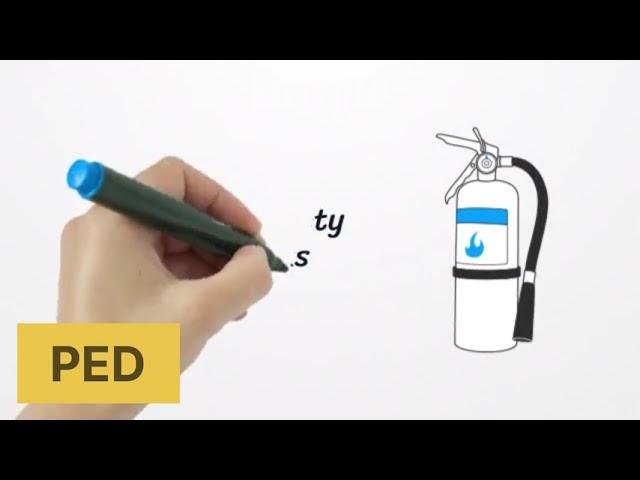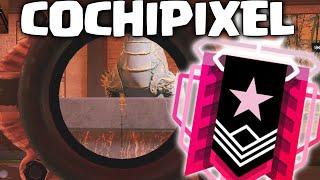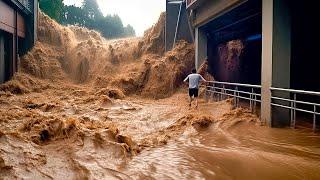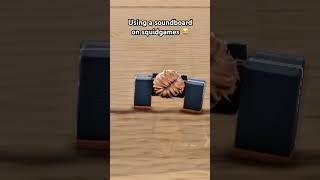
Unit-1 (2) Process design of piping
[Process design of piping]
*Step 1: Define Process Requirements*
1. Identify process fluids and their properties.
2. Determine flow rates, pressures, and temperatures.
3. Establish piping layout and routing.
*Step 2: Select Pipe Materials*
1. Consider fluid compatibility, corrosion resistance, and cost.
2. Common materials: carbon steel, stainless steel, PVC, and copper.
*Step 3: Determine Pipe Sizes*
1. Calculate pipe diameter based on flow rate and velocity.
2. Consider pressure drop, friction loss, and pipe roughness.
*Step 4: Choose Valve and Fitting Types*
1. Select valves: gate, globe, ball, and butterfly.
2. Choose fittings: elbows, tees, couplings, and reducers.
*Step 5: Design Piping Layout*
1. Consider space constraints, accessibility, and maintenance.
2. Use piping symbols and standards (e.g., ANSI, ISO).
*Step 6: Calculate Pressure Drop*
1. Use Darcy-Weisbach or Hazen-Williams equations.
2. Consider friction loss, elevation changes, and valves.
*Step 7: Verify Piping Integrity*
1. Check for stress, vibration, and fatigue.
2. Perform finite element analysis (FEA) or computational fluid dynamics (CFD).
*Step 8: Document and Review*
1. Create piping and instrumentation diagrams (P&IDs).
2. Review design with stakeholders.
*Piping Design Standards*
1. ANSI B31.3 (Process Piping)
2. ASME B31.1 (Power Piping)
3. API 650 (Welded Tanks)
4. ISO 15649 (Piping Systems)
*Piping Design Software*
1. AutoCAD
2. Revit
3. Navisworks
4. PDMS (Plant Design Management System)
5. CAESAR II (Piping Stress Analysis)
*Best Practices*
1. Follow industry standards and regulations.
2. Consider safety, reliability, and maintainability.
3. Optimize piping layout and material selection.
4. Verify design through simulation and analysis.
*Step 1: Define Process Requirements*
1. Identify process fluids and their properties.
2. Determine flow rates, pressures, and temperatures.
3. Establish piping layout and routing.
*Step 2: Select Pipe Materials*
1. Consider fluid compatibility, corrosion resistance, and cost.
2. Common materials: carbon steel, stainless steel, PVC, and copper.
*Step 3: Determine Pipe Sizes*
1. Calculate pipe diameter based on flow rate and velocity.
2. Consider pressure drop, friction loss, and pipe roughness.
*Step 4: Choose Valve and Fitting Types*
1. Select valves: gate, globe, ball, and butterfly.
2. Choose fittings: elbows, tees, couplings, and reducers.
*Step 5: Design Piping Layout*
1. Consider space constraints, accessibility, and maintenance.
2. Use piping symbols and standards (e.g., ANSI, ISO).
*Step 6: Calculate Pressure Drop*
1. Use Darcy-Weisbach or Hazen-Williams equations.
2. Consider friction loss, elevation changes, and valves.
*Step 7: Verify Piping Integrity*
1. Check for stress, vibration, and fatigue.
2. Perform finite element analysis (FEA) or computational fluid dynamics (CFD).
*Step 8: Document and Review*
1. Create piping and instrumentation diagrams (P&IDs).
2. Review design with stakeholders.
*Piping Design Standards*
1. ANSI B31.3 (Process Piping)
2. ASME B31.1 (Power Piping)
3. API 650 (Welded Tanks)
4. ISO 15649 (Piping Systems)
*Piping Design Software*
1. AutoCAD
2. Revit
3. Navisworks
4. PDMS (Plant Design Management System)
5. CAESAR II (Piping Stress Analysis)
*Best Practices*
1. Follow industry standards and regulations.
2. Consider safety, reliability, and maintainability.
3. Optimize piping layout and material selection.
4. Verify design through simulation and analysis.
Комментарии:
Анонсы и рекламные блоки (НТВ, 14.07.2012)
Евгений Вдовин
Unit-1 (2) Process design of piping
⚗️Chemical_world🧪
Complete Python Scripting for Automation | Special characters of python
VRTechnologies For Automation
HTML Coding 101: 05 HTML Formatting Tags | W3Schools HTML Tutorial
Learn with W3Schools
6 Hacks how talk to Midjourney
Web3nity
СЛУЧАИ В ПРИРОДЕ ОДИН НА МИЛЛИОН
BRAIN TIME


























